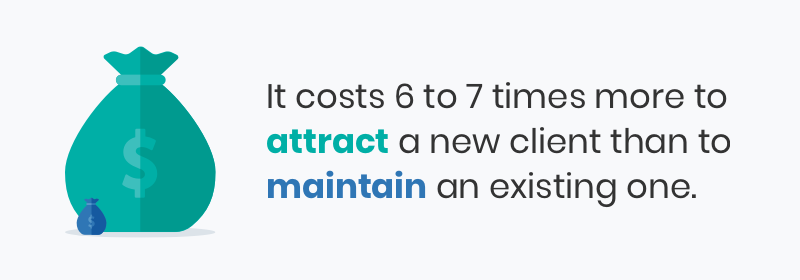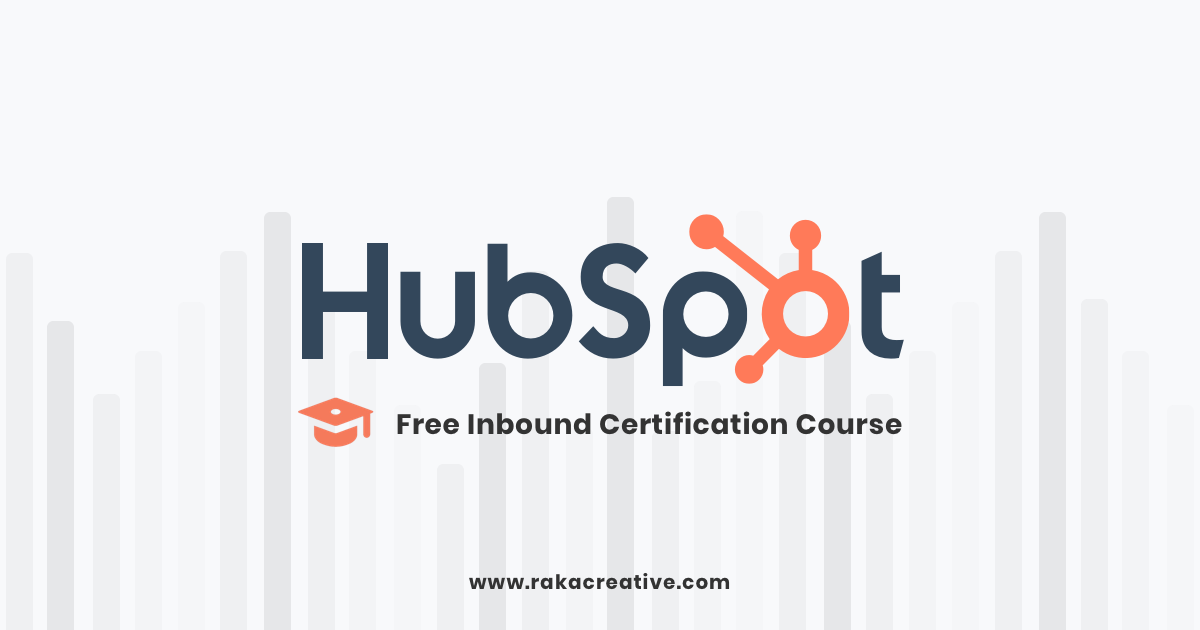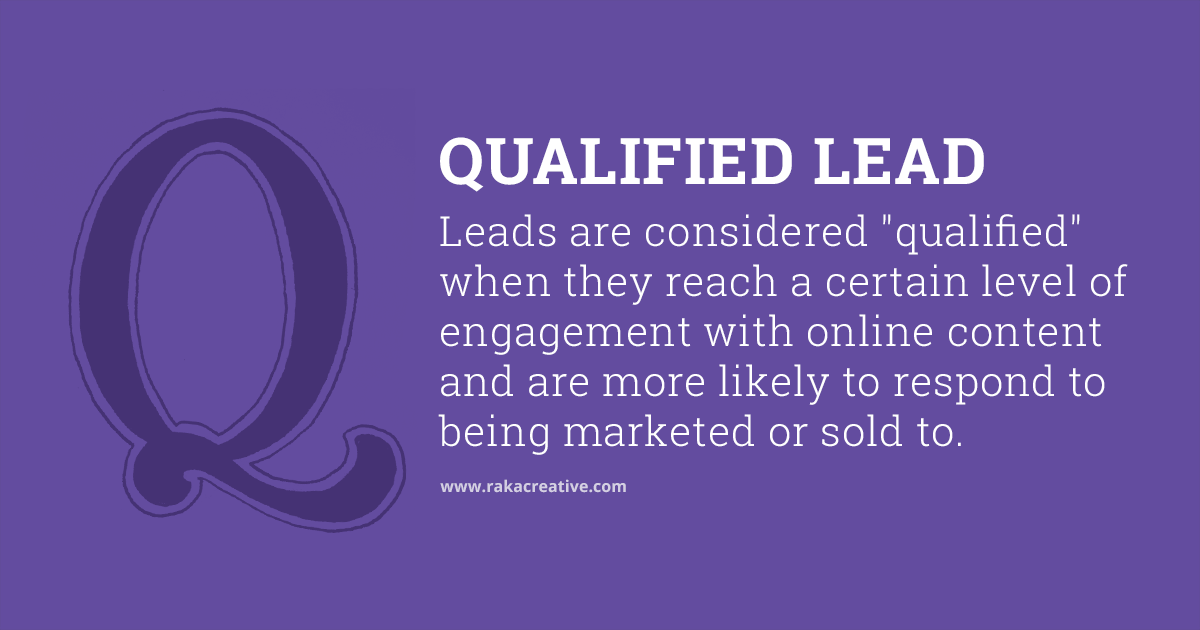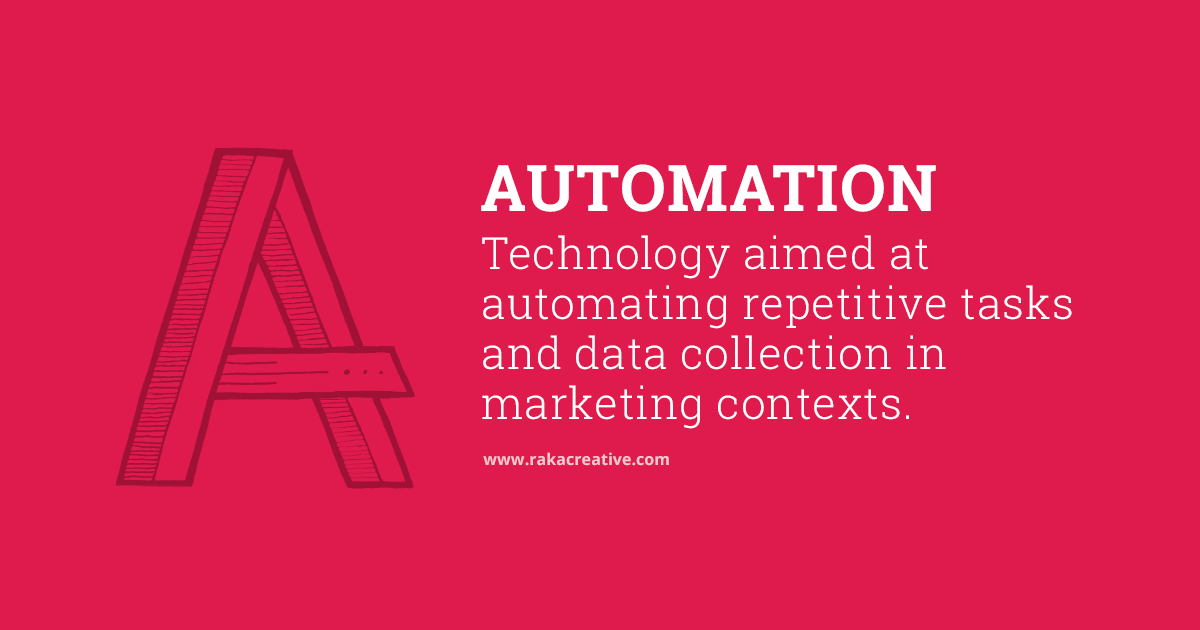As someone who was first exposed to the concept of inbound marketing when I started as project manager at Raka over three years ago, I was psyched to have the opportunity to take HubSpot’s inbound certification training for myself.
Now, you might be wondering why a project manager was so excited about taking time out of my already ridiculously busy schedule to take a training on inbound marketing. Well, not only did the training help me understand the processes and priorities of my colleagues who use the inbound methodology every day, it showed me how inbound strategies can be used in every aspect of our business to optimize marketing efforts.
I’d like to share some of the lessons I learned from the certification, and, in doing so, maybe help you decide whether to invest time and money into this or other related trainings next year.
What I learned from HubSpot’s inbound marketing certification
The training did a great job of explaining the concepts and best practices of inbound marketing, but what really resonated with me was its focus on building relationships with clients and how to create a great customer experience regardless of industry, product or service.
Why is the customer experience so important? Well according to a recent Forbes article, it costs six to seven times more to attract a new client than to maintain an existing one, so there’s value there.

Also, delighted customers are more likely to refer your company to others. A whopping 83 percent of global respondents to this Nielsen study said they completely or at least somewhat trust the business recommendations of friends and family. That’s a lot of potential new sales!
While I’ve always thought of Raka as a very client-focused company, the training pointed out some specific ways I could contribute, as an individual member of the team, to delighting our clients (and my coworkers) and fostering the culture and brand of Raka.
Here are six best practices I learned from the inbound certification that I’m going to try to implement into every interaction. These are very basic concepts that drive some really cool results when done correctly and consistently:
- Listen carefully (actively, not passively) and let your clients know they are being heard.
- Take time to get to the root of the problem and understand where their pain is coming from.
- Make them a priority. Even if my to-do list is long, they shouldn’t know that.
- Explore all possible options that will solve the problem, not just the first one that comes to mind.
- Communicate to them how you are working on their behalf. Provide detailed updates that are specific, actionable and deadline-oriented. Don’t let them feel like they’ve been left hanging.
- Follow up. Even though you may have solved their initial problem, continuing to provide helpful information related to a potential pain point will position you as a thought leader.
All of these practices build trust, which is essential for a good client relationship. While they may seem like common sense or simple courtesy, actively focusing on these things won’t just make you a nicer person, it can lead directly to increased sales.
So what do you think: Is there room in your marketing budget for inbound marketing?






